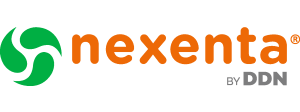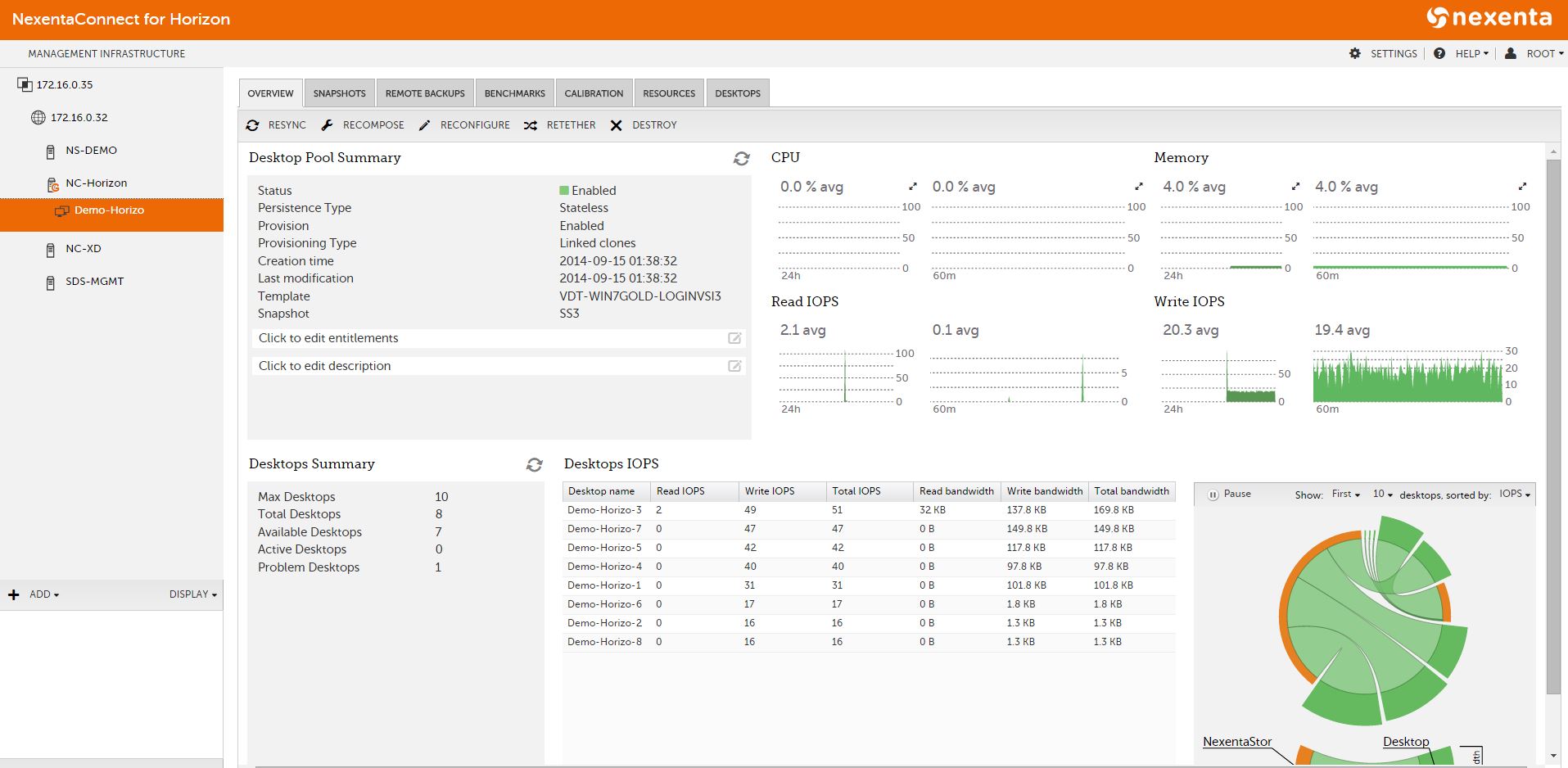by Michael Letschin, Director of Product Management, Solutions, Nexenta
Everything in culture has a way of repeating itself, it happens in every arena of our life. In fashion we look at items as vintage, whether it is from the 70s or the roarin’ 20s. In music, artist like Justin Timberlake harken back to the days of early Michael Jackson and we have some artists today that people view like the modern day Rat Pack of Sinatra’s era. Technology is no different, and as we move into 2015, life is in fact repeating itself. I have spent nearly 20 years in technology, starting with working on mainframes and green screen clients, then came the shift to the x86 server. Over the past few years we have seen virtual servers become mainstream, being us back to a centralized server setup and as virtual desktops gain traction we move towards thin clients and back to what I remember from growing up… simplicity and efficiency.
What have we learned from all this? The importance of versatility, simplicity and efficiency… Over the past few years we have heard buzzwords that have driven the technology decisions but now that IT departments have finally shrunk to point where you can’t “do any more with less”, CIOs have the choice of either outsourcing all their products or going with something that makes it easier on the staff they have. The efficiency comes from not only simplicity but also on an economic front, you pay for a service like you would electricity. During 2014 we talked of Software-Defined Data Centers but I have yet to see any single enterprise truly adopt the notion that hardware is not the answer. Deploying hardware in the traditional sense is starting to move to the wayside, with the software controlling the hardware, the “bent metal” is not the treasure. Add in the idea that an enterprise can have freedom to deploy their choice of hardware and remove the proprietary upgrades and process of the past and we move towards the software defined future.
2015 will begin with more and more enterprises adopting the idea that hardware independence means that their staff can be more efficient by concentrating on the software and letting the hardware vendors spend their time competing for their business. The rise of DevOps will continue to make datacenters simpler and more automated. Projects like OpenCompute can finally gain traction in the enterprise as hardware is bought as simply a platform regardless if the need is for servers, storage or networking. Software-Defined Storage will continue to grow in the enterprise as IT staff see that they no longer can support the complexity of forklift migrations just to get some more speed. Software-Defined Networking has been lagging in the past year or so but the efficiency need will surely allow networking teams to built the global enterprise.
We used to say that no one got fired for buying IBM, well now IBM is services and buying from all the cloud based services. What goes around comes around and the giants in the IT industry may just end up being the users and admins in 2015, not the hardware vendors of the last decade.

